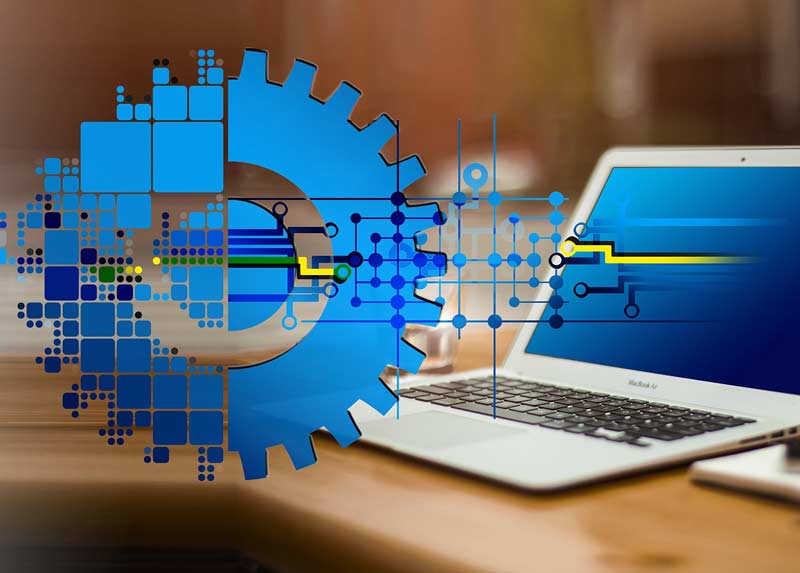During my regular industry reading, I noticed that Digital Transformation continues to be a hot button keyword that many tech companies are generating content around. One particular article caught my eye, calling out microservices and its importance in Digital Transformation for 2021. At first I was excited because Microservices are of particular interest to me, and getting them more love is great. But… as I read more, I got frustrated.
Before I explain why, let me step back and share some history on Digital Transformation, because the marketing hype surrounding the term has been re-shaped to focus on technology, which, to me, misses the true point. Brent Heslop of The Network Effect does a tremendous job laying out the history of Digital Transformation and pairs it with a fantastic infographic. Take a few minutes and check it out if you haven’t already: A Brief History of Digital Transformation – The Network Effect (supplychainbeyond.com). Pay special attention to his callouts in the 2015-2016 realm, and the articles from MIT and Deloitte, coupled with Forrester’s findings in 2016.
To summarize:
- First, DX is strategy, not tech
- Second, it should be a never-ending quest
Ok, with that set, let us get back to my frustrations. In reading about microservices taking their rightful place in 2021 DX strategies, I was hit in the face with technology. Apparently, I need something called an application network… and a service mesh. Plus, Kubernetes… and a control plane. The IT side of my brain started spinning, while the business side of my brain shut down. That is what was frustrating, in perpetuating the idea that to succeed at DX, or to start using microservices, a company must go and invest in complex IT frameworks and deployments. The strategy part of the whole thing went away, and here we were again, focusing on tech. Enough already!
I am 100% on board with microservices and the part they can play in DX. I am not at all on board with you needing a complete technology framework to support them. Microservices as a strategy can be applied across systems, across applications, and across business groups. The question is not if you have the technology in hand to deliver microservices, but rather if your microservices strategy can be achieved with your existing technology. If it can, great! If it cannot, then there are dozens of ways to solve for that, and most of them do not require replacing tech.
Do not get me wrong, if you are deploying new solutions, determining that solution’s ability to implement your microservices strategy is key. But it is in your existing solutions where microservices can have a huge impact. These solutions are in play, being used every day, and enough history exists to quickly root out pain points from users. THIS is where you start.
Let us use an example from one of our legal customers, which applies to pretty much any organization that tracks time (be it for billing or job costing). The life blood of a law firm is the time keeping and billing system, as it determines how the firm gets paid. Attorneys bounce back and forth between research systems, document management systems, law databases, etc. every day. This client worked with us to solve the “system bouncing” issue through deploying a single pane of glass for legal content with an enterprise search platform. Now, you may be thinking that I am about to make the case for search as a microservice, but… I am not (maybe a blog for another day). Rather, let us think back to the time keeping problem. These attorneys may now have one place to go to find everything they need, but they still need to bounce back to the time system to make sure the firm gets paid for it.
And here is where I get to the point… This firm had it right, part of their DX strategy was to identify “value loss” tasks (i.e. tasks that don’t generate value), and attack them with microservices. Further, they did not buy into the idea that they needed a complete microservice technology framework before they tried to solve this. Instead, they mentioned the problem to us based on some conversations we had been having related to automation. This “value loss” task was ripe for automation.
Now, remember my comment a few paragraphs back about solving for microservices without replacing tech? That is exactly what they did. Through our automation framework, we were able to build a timekeeping microservice that attached itself to the attorney’s search session. It noticed the matter related to their activities, noticed the time they were spending, and proactively offered them the ability to send the time spent back to the timekeeping system. Being that it is a microservice, they can now take it and use it in other places. They are saving real money, simply by focusing on the strategy.


